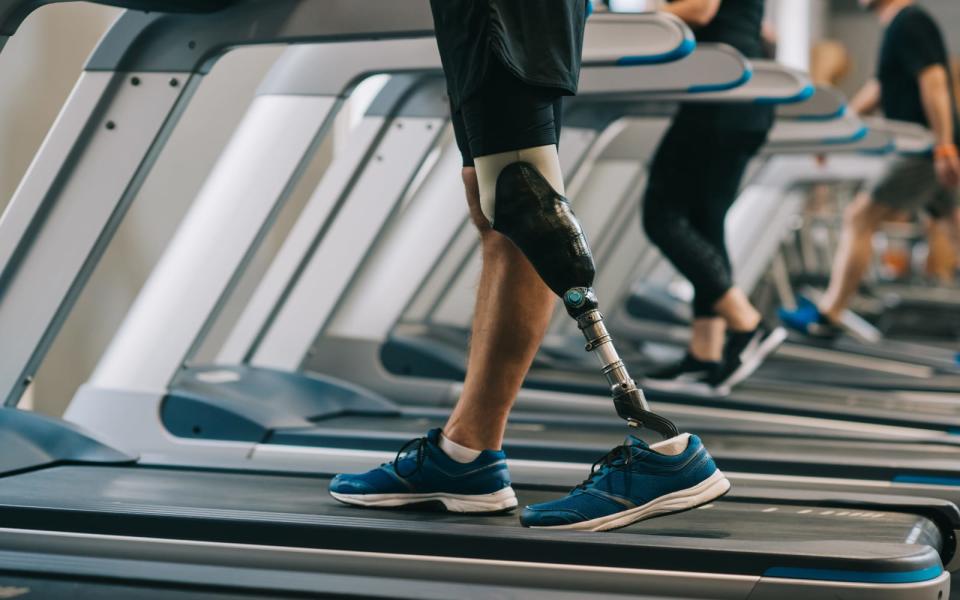New prosthetic legs let amputees feel their foot and knee in real-time
The sensory feedback made walking easier and reduced phantom pain.
There's been a lot of research into how to give robots and prosthesis wearers a sense of touch, but it has focused largely on the hands. Now, researchers led by ETH Zurich want to restore sensory feedback for leg amputees, too. In a paper published in Nature Medicine today, the team describes how they modified an off-the-shelf prosthetic leg with sensors and electrodes to give wearers a sense of knee movement and feedback from the sole of the foot on the ground. While their initial sample size was small -- just two users -- the results are promising.
The researchers worked with two patients with above-the-knee, or transfemoral, amputations. They used an Össur prosthetic leg, which comes with a microprocessor and an angle sensor in the knee joint, IEEE Spectrum explains. The team then added an insole with seven sensors to the foot. Those sensors transmit signals in real-time, via Bluetooth to a controller strapped to the user's ankle. An algorithm in the controller encodes the feedback into neural signals and delivers that to a small implant in the patient's tibial nerve, at the back of the thigh. The brain can then interpret those signals as feedback from the knee and foot.
The modified prosthetic helped the users walk faster, feel more confident and consume less oxygen -- an indication that it was less strenuous than traditional prosthesis. The team also tested activating the tibial nerve implant to relieve phantom limb pain. Both patients saw a significant reduction in pain after a few minutes of electrical stimulation, but they had to be connected to a device in a lab to receive the treatment. With more testing, the researchers hope they might be able to bring these technologies to more amputees and make both available outside of the lab.


